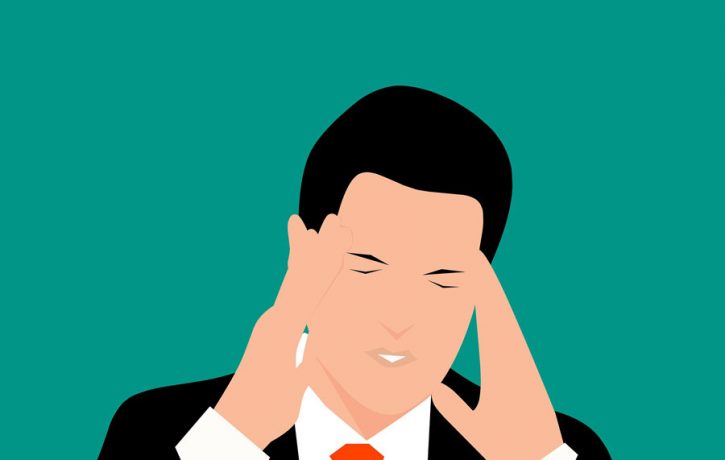in Osteopathy
Diagnosis of Headaches

Most of the time headaches are unpleasant manifestations of pain with no specific issue within the tissues.
There are obviously headaches that are manifestations of something else that may well be concerning but be rest assured that these are rare and the majority of headaches are nothing more than the product physical or emotional stresses.
Diagnostic criteria for the types of headaches we suffer are based on where the pain localised, the severity of reported pain, any associated signs and symptoms and duration of symptoms.
Most headaches will follow a particular pattern. For example, the region of pain can give us an idea of the type of headache we are dealing with. Associated signs and symptoms that present during a headache are diagnostically important. These include symptoms such as visual and auditory disturbances, dizzy spells and nausea and vomiting. The severity of the pain is also important as headaches can range from dull and annoying ( relatively common) to sharp and incapacitating (rarer).
Pain centred over the forehead equally on both sides (bilaterally), could be either tension-type or a migraine headache, whereas pain on one side of the head only (unilaterally) could still be a migraine but might also be a cervico-genic headache but is unlikely to be tension type.
Being able to recognise the symptoms someone is suffering and having an understanding of the nature (pathophysiology) of the cause of the different types of headaches enables consultants, doctors and manual therapists to more accurately diagnose a patient and thus offer the best treatment and advice dependant on that diagnosis.
Tension-type are the most common headaches, estimated to affect 8 out of ten people at some time in their lives, however, associated symptoms such as visual disturbances, nausea and/or vomiting are less likely to manifest with these headaches.
Some migraine sufferers experience an aura about 20-30 minutes before their headache. This is recognised as a warning of an impending migraine, however, only about 30% of migraine sufferers get auras so the lack of aura does not cancel out a migraine as a diagnosis.
Less common, but maybe more serious headaches, are things like cluster headaches and neuralgias. Trigeminal neuralgia, for example, will be more facial in its distribution due to the trigeminal nerve supplying the skin of the forehead cheek and jawline. Pain can be initiated by touch alone so men struggle to shave as it can kick off a bout of pain and spectacle wearers can really suffer.
Cluster headaches are considered to be the worst type for severity of pain suffered. They tend to occur with bouts of pain lasting from minutes to hours, daily over several weeks and follow an annual pattern once, maybe twice a year. I have met people who have suffered cluster headaches and the pain described by them is difficult to contemplate. One particular sufferer who springs to mind turned to head-butting the wall to distract from the pain and would have cuts bruises and black eyes following a bout of headaches.
These are extremes and as I said, tend to be rarer in the presentation. I would more regularly diagnose people in my clinic with tension-type, cervico-genic and migraines and depending on the individual pattern of symptoms we can work out the best treatment and advice.
Correct diagnosis, as with any condition, is vital to ensure best practice and offer patients most appropriate treatment. If you are concerned by your headaches always refer to a professional you trust to get your diagnosis as there are often misunderstanding with regards to the nature of headaches and that can lead to ineffective or even inappropriate treatment.
One other headache type that I’m sorry to say becoming more common is medication overuse, or analgesic rebound, headaches. These are headaches that become a vicious cycle of headache/painkiller/headache where the body’s physiology becomes so used to this cycle that headaches persist due to the persistent use of painkillers, even over the counter paracetamol and ibuprofen. Breaking the cycle isn’t easy as it requires suffering headaches without painkillers until the body is purged of the medication.
Obviously, there are many different types of headaches but understanding the cause and any potential triggers or relieving factors can aid treatment and limit pain as much as possible.
If you do suffer from headaches of any severity please feel free to book in for a consultation and get your diagnosis.
- Finding Hope and Comfort Through Pain - 21st March 2025
- Non-Pharmacological Solutions for Managing Pain in Parkinson’s - 19th February 2025
- The Healing Touch: How Massage Benefits People with Spinal Injury Pain - 28th January 2025
